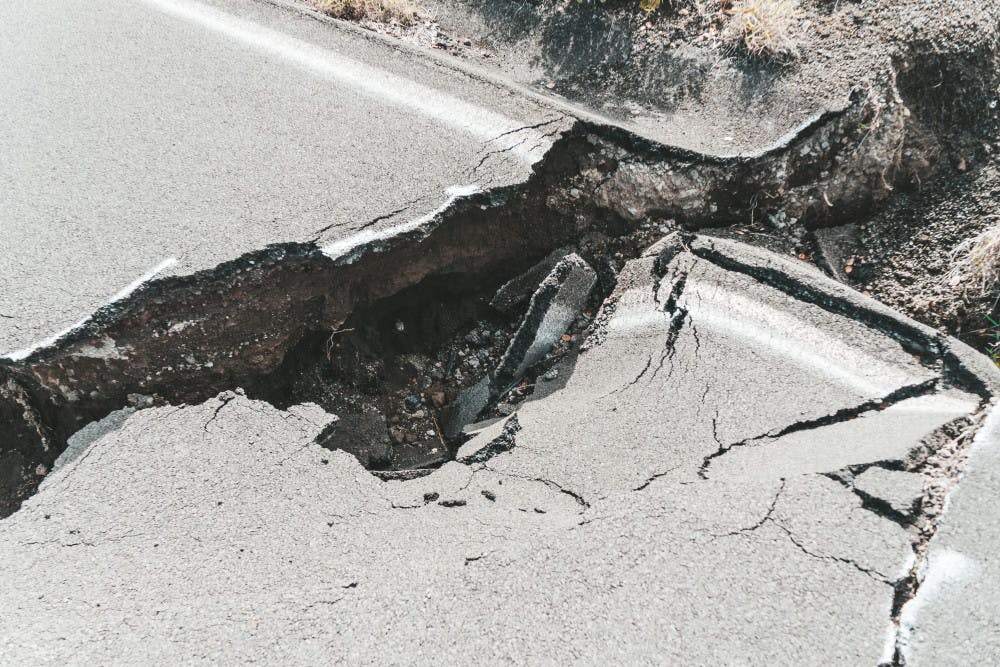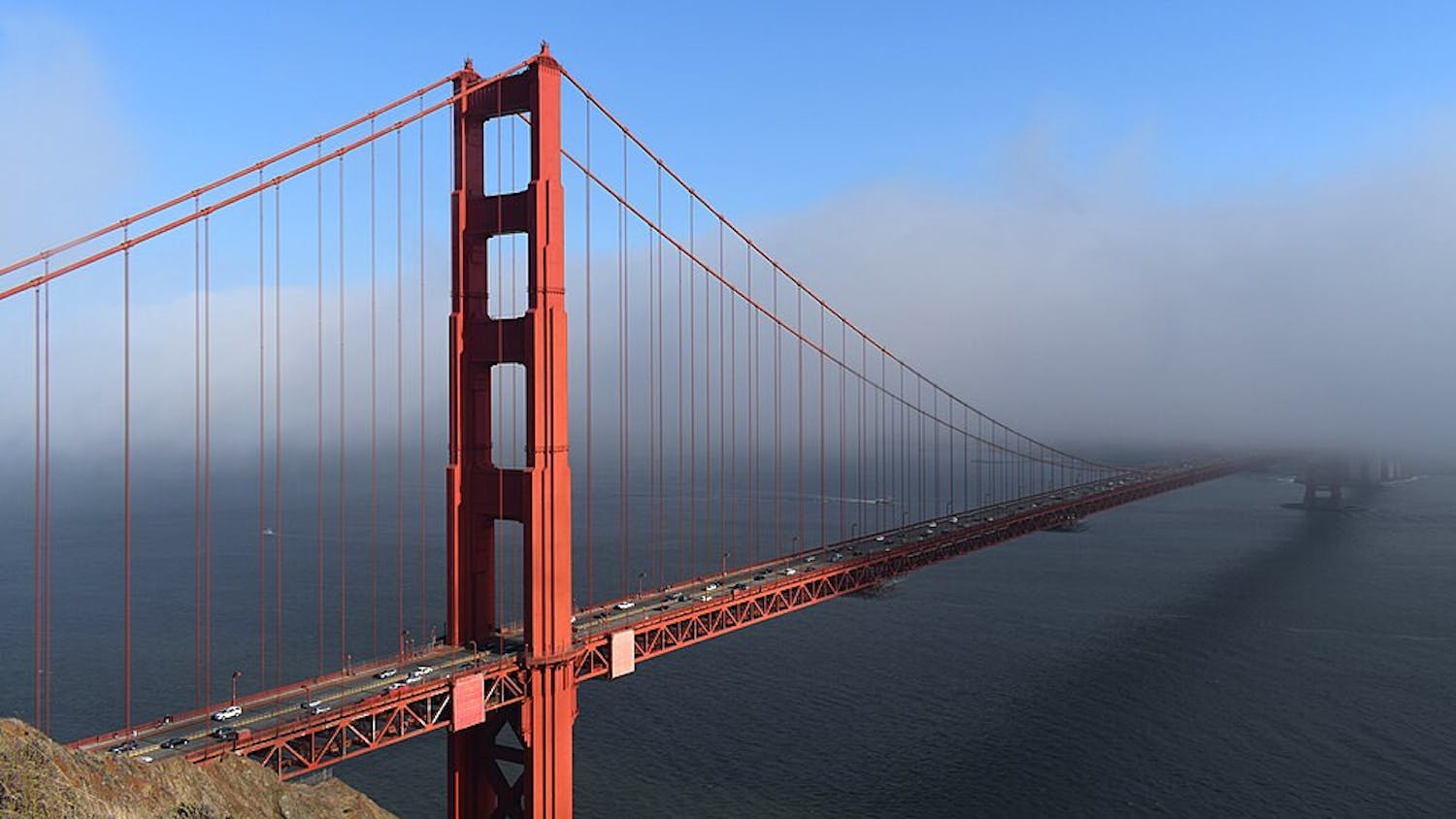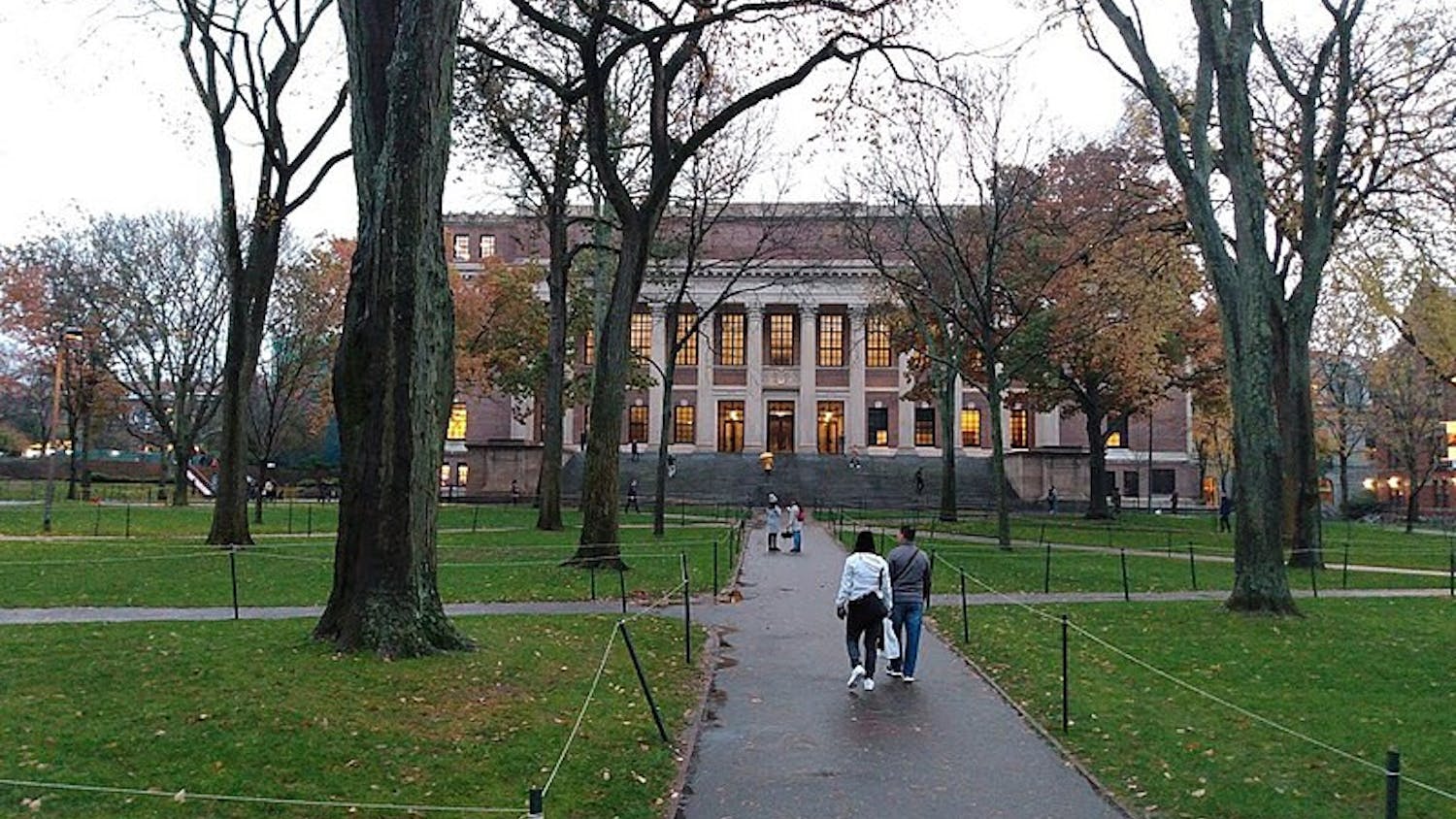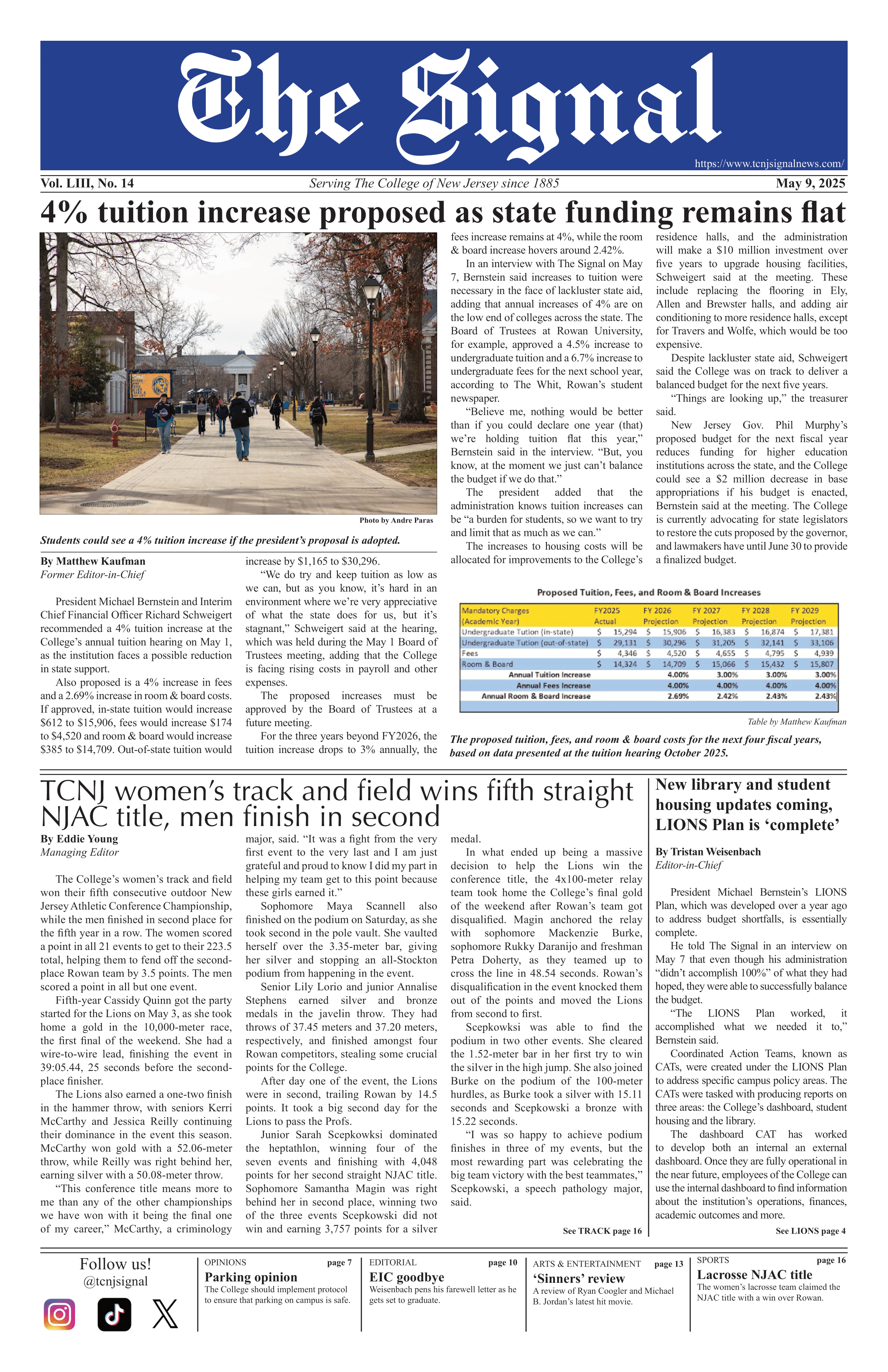By Elizabeth Casalnova
Signal Correspondent
An earthquake with a magnitude of 7.3 struck the border of Iran and Iraq at 9:48 p.m. on Nov. 12, killing more than 500 and injuring more than 7,000 people. The epicenter was located around the town Ezgeleh, Iran, according to The New York Times.

An earthquake with a magnitude of 7.3 struck the border of Iran and Iraq at 9:48 p.m. (envato elements).
It was felt as far away as the Mediterranean coast of Israel, about 660 miles from the epicenter. Devastation swept the two countries, as thousands of people lost their homes and loved ones.
Kokab Fard, a 49-year-old housewife from Sarpol-e-Zahab, Iran, was one of thousands who lost their homes and belongings in the earthquake, according to The New York Times.
“Immediately after I managed to get out, the building collapsed,” Fard said. At least 14 Iranian provinces have been affected by the earthquake, according to the Iranian Labour News Agency.
Many people spent Sunday night sleeping outside in the streets in fear of another quake. With destroyed homes and no electricity, the people of Darbandikhan struggled to find food and water, according to The Washington Post.
Former Iran President Mahmoud Ahmadinejad, whose term ran from 2005 to 2013, followed through on a project to build low-income housing that later collapsed in the earthquake. Political opponents blamed the destruction on the fragility of the buildings. Others simply blamed the location, as the collapsed homes were built on fault lines, according to The New York Times.
“The whole city has been destroyed, it is wrecked,” said a resident of Sarpol-e Zahab that appeared to be in his 30s, surrounded by the rubble that used to be Darbandikhan.
Another resident of Darbandikhan, Ali Namiq, felt the destruction was unavoidable.
“It is a divine act that no one can prevent,” Namiq said.
The most reported casualties come from the province of Kermanshah, which borders Iran and Iraq. Residents were seen in the streets next to collapsed buildings, according to The Washington Post.
Due to the location and angle of the fault line, more casualties occurred in Iran than Iraq. The geological formations of Iraq absorbed the shock better, according to Iraqi seismologist Abdul-Karim Abdullah Taqi.
Iran’s supreme leader, Ayatollah Ali Khamenei, sent his condolences on the morning of Nov. 27. Khamenei urged rescue teams to continue searching for survivors and to help those in need. The rescue missions were nearly over on the evening of that same day, according to The New York Times.
Iran President Hassan Rouhani was also scheduled to visit the devastated region of Kermanshah, as well as other affected areas, as reported by Associated Press.
Turkish military stood by the sides of victims as they offered condolences and aid. Turkey’s President Recep Tayyip Erdogan wished those who were injured a speedy recovery.
The U.S., which otherwise does not have normal diplomatic relations with Iran, also sent aid, according to The New York Times.
Iran is an earthquake-prone region. Previously, the worst earthquake to hit the region was in 2012. It killed more than 300 people, nearly half of the casualties from this year’s, according to Time Magazine.







